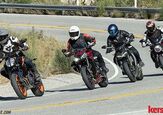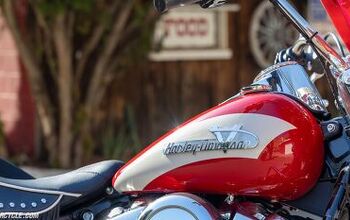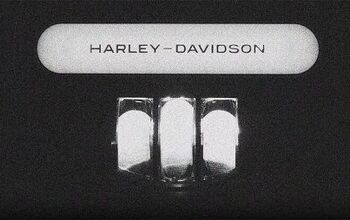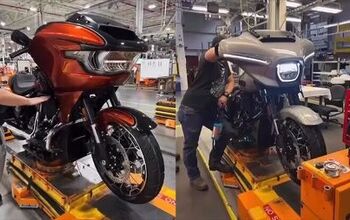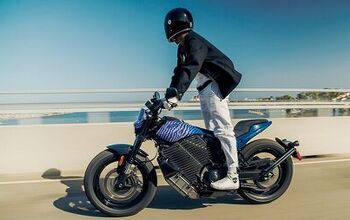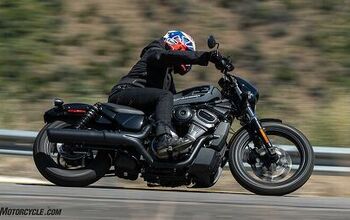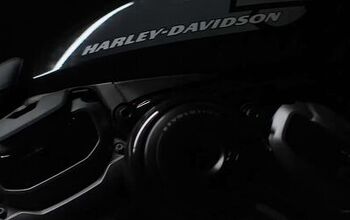Harley-Davidson Motorcycles
Harley-Davidson motorcycles are divided into seven lines: Sportsters, Dynas, Softails, Touring, Trikes, and the limited-edition Custom Vehicle Operations line.
More than any other brand Harley-Davidson sells a lifestyle and its lineup of heavyweight cruisers, tourers and standards are some of motorcycling’s ultimate status symbols. While those with deep pockets and experience have their sights set on some of Harley’s most sought after bikes like the CVO Street Glide, the Wisconsin-based manufacturer has not forgotten the little guy (or gal). Harley-Davidson has made a concerted effort to lure new riders into the H-D fraternity by building motorcycles with low seat heights and affordable prices like the Sportster 883 Low.
Harley-Davidson has also recognized its need to diversify its offerings, with electric motorcycles like the Livewire, and Adventure Tourers like the Pan America all destined to put Harley-Davidson into markets it hasn’t entered before. The company also understands the need to attract youngsters into the world of two wheels and has taken a page out of its own playbook: bicycles. Harley-Davidson first made bicycles in the 1920s to attract women to the brand. Now it has a licensed line of balance bikes available for the littlest of kids out there, while the new formation of its electric bicycle division will bring people into the Harley-Davidson family that never thought they’d have anything to do with motorcycling.
It’s no secret that Harley-Davidson has faced some financial challenges the past few years. In an effort to tackle these challenges head-on, the company has launched the Rewire plan. In short, for the next five years Harley will invest its time and resources into strengthening and growing its most profitable segments: Touring, large cruisers, and Trikes. It’s also looking to expand or widen its offerings in the most profitable motorcycling segments (Adventure-Touring, for example) while solidifying its market share in key geographic areas (Austria, Germany, China, and Japan, to name just a few).
In addition, the Rewire plan also includes continued expansion into the electric market, while also growing its non-motorcycle business – like apparel and financial services. Crucially, another major Rewire goal is to further connect the customer’s engagement with the brand, and H-D plans to put data as an important tool to get there.
Harley-Davidson Sportster
First introduced in 1957, the Sportster line of Harley-Davidsons is one of many iconic Harley models still around today. Originally equipped with a 55 cubic inch overhead valve V-Twin, the Sportster has long been the "performance" Harley.
When the Harley-Davidson Softail first hit the scene in the mid-1980s, it debuted the 1340cc Evolution engine – the most advanced Harley-Davidson engine yet. The Softail also hid the rear shock, a clever design element to give the appearance of a hardtail, without the discomfort.
When you think of Harley-Davidson, one of the many things you think of is touring bikes. The FLT range really kicked that off in 1980 and continues to innovate in the touring world today.
The Milwaukee-Eight project introduced a new V-Twin to the Harley-Davidson lineup, now with four valve heads, a single camshaft, and–get this–liquid-cooling!
Harley-Davidson becomes the first major manufacturer to tackle electric motorcycles with this, the Livewire. A project many years in the making, the Livewire is Harley's halo project, meant to demonstrate what to expect from The Motor Company in its future of electrification.
Looking towards the future, Harley-Davidson is looking to tap into the popular Adventure-Touring market with this, the Pan America. Powered by a 1250cc version of the Revolution Max V-Twin, Harley is claiming more than 145 hp and 90 lb-ft. of peak torque.

